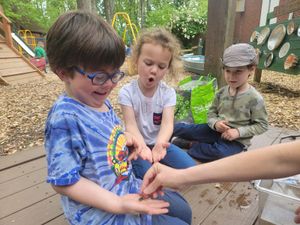Systemic Sustainability
Environmental Curriculum and Instruction
1.1 Curriculum and Instruction
Elementary & middle schools must provide one example of outdoor/environmental instruction per grade level.
High schools must provide one example of outdoor/environmental instruction in four subjects (which may include multiple different differents sciences).
Our 2 year old class learned about the life cycle of a pumpkin. They explored a pumpkin vine, played with pumpkins, and reached inside to find the seeds. The vine was brought in by one of our families and had multiple blooms in different stages between flower and young pumpkin to show the progression. After investigating the inside of the pumpkin the students left the pumpkin out on our trails for some of our forest friends to enjoy. Over the next few weeks the class returned to the pumpkin to notice changes as the pumpkin decomposed.
Our 4 year old Pre-K classes made paint prints with squid, shared squid facts, and then dissected squid. They distinguished male and female squid, and drew in their journals and painted with the squid ink.
One of our 4 year old Pre-K classes learned about erosion. They did an experiment on soil types and erosion and met our composting worms.
Our 2/3 year old class learned about leaves and autumn. They practiced color and shape sorting with leaves, used hole punches with collected leaves, and made leaf crowns.
Our 3/4 year old class learned about worms, painted with rubber worms, and met our composting worms.
Our 3 year old class explored the changing leaves. They identified different leaves found on our campus, sorted them by different traits, and noticed the sound of the leaves under their feet while walking and what happened to the leaves on the trails.
Our 3/4 and both of our 4 year old Pre-K classes learned about the parts and functions of a flower. This culminated in having the students dissect donated plants and flowers. Students used tweezers, scissors, knives, chopsticks, magnifying glasses and their fingers as tools to aid in the dissection process. Parts of the plant were examines, identified and compared and contrasted. This activity also gave students a close up look at at pollen production, connecting to our pollinator plants.
1.2 Green School Awareness
1.2.1 School Wide Awareness - Staff
Demonstrate that all school personnel are aware of your school's Green School status and application process.
Green School updates have been presented at our board meetings and during staff inservice. Staff were asked to select one or two of their favorite days/lesson for inclusion in the application.
During our teacher inservice meeting we discussed the status of our Green School renewal. Teachers were asked to pick one of their favorite days/activities for inclusion in the application.
1.2.2 School-Wide Celebration
Demonstrate how your school celebrates beig a Green School by hosting a school-wide environmentally-focused event open to all students.
We have at least one outdoor celebration per year. They vary year to year, but typically focus on garden planting and maintenance (spring), harvest and changing seasons (fall) and solstice (winter).
Our Fall Festival included visits from community helpers (police, fire, EMS), environmental education from ClearShark H2O, owl pellet dissection, building with recycling. It was held outdoors and attended by around 50 students plus additional families from our area.
All students made paper lanterns in class and learned about the solstice and changing seasons. About 40 families gathered on a Saturday evening to walk in a lantern parade through the woods with their students, followed by songs and campfire. While waiting for the sun to set families threaded cranberries and popcorn for our forest friends.
One of our parents leads a campfire sing along.
Teachers and parents monitor fire pits while the kids roast marshmallows.
Lanterns made by students that could not attend were placed to light the trail before the walk.
Student made lanterns hung awaiting their owners.
Reading a book, You Are the Light, while waiting for the sun to set.
Environmental Professional Development for Teachers
1.3.1 Environmental Professional Development for Teachers
Demonstrate that 10% of staff have completed an environmental PD. Instructional staff is defined as any staff that manages a gradebook.
- New Schools must have all PD completed within the past 2 academic years.
- Renewing schools must have all PD completed within the past 4 academic years.
A teacher who has participated in multiple workshops may only be counted once..
All 8 of our staff have engaged in Environmental Education Professional Development. We have made group trips to opportunities such as the Come Outside Conference, the Antioch In Bloom Conference, and Irvine Nature Center.
Staff attended the Nature Preschool Conference at Irvine Nature Center. They learned about experiential learning in the outdoors, mapmaking, and the importance of risky play in outdoor settings.
Completed the Growing Up WILD course presented by the DNR, focusing on integrating natural elements and themes into curriculum.
Teachers attended the "Back to Nature School" Conference, focusing on using song and nature to enhance learning, and natural items in loose parts play.
Teachers attended the "Come Outside" Conference, focusing on the importance of connecting young children to nature, and resiliency through adventure play.
Kristin completed the ERAFANS course on Staying Connected through Nature Play & Learning
Teachers attended the In Bloom conference in Delaware presented by Antioch University, focusing on promising practices in nature based early childhood education.
1.4 Achieving Sustainable Schools
1.4.1 School-Wide Staff Sustainability
Demonstrate the sustainability practices your teachers, staff, and other personnel have implemented school-wide to make your school green. Any actions involving students belong under Objective 2.
All schoolwide communication is done online instead of on printed. Classes take place primarily outdoors. When classes do come inside, thermostats are kept at 60-62 degrees, and daylighting is used whenever possible. Natural materials are used instead of purchased materials for some projects. Parents assist in keeping the trails mulched to prevent erosion. We organize environmentally focused parent education opportunities throughout the year.
Teachers plan art projects around the use of found natural items such as pinecones instead of purchased supplies.
Leaves and acorns were suggested as natural additions to playdough creations. Additionally, all of our playdough is made in-house by our parents instead of purchased.
Online newsletter to parents detailing our waste free lunch and snack policy, along with suggestions.
Message to our families on our Trail Maintenance team, thanking them for their latest work.
Message between our Trail Maintenance families keeping each other updated on status.
Invitation to our families to online Parent Education on Composting.
One of our 4 year old Pre-K classes utilizing daylighting when playing inside.
Families help to mulch the trails.
1.4.2 Systemic Partnership
Demonstrate one partnership with a central office or board within the school system that supports part of the Maryland Green Schools Program. Any partnerships outside of your school system belong under Objective 3.
We expanded and improved our Monarch Waystation using a donation from teachers at Woodside Elementary in memory of one of our founders. We have secured approval to use a section of Deerfield Open Space land, and have received a donation to fund a proposed school and community vegetable garden adjacent to our campus.
Sign in our Monarch Waystation explaining native plants and their benefits. Purchased with funds donated by teachers at Woodside Elementary for garden improvement.
Plant Identification tags were added to roughly 30 plants and trees on campus thanks to donations from teachers at Woodside Elementary for garden improvements.
Thank you letter sent for the contribution to fund the planned school and community vegetable garden.
Correspondence organizing the memorial donation for the Monarch Garden expansion project.
Correspondence with Deerfield Open Space Association beginning the process of approving the space for use as a school and community vegetable garden.
Student Action
Schools must document eight total actions that address at least three of the listed sustainability practices.
These are student actions not adult actions. Adult sustainable actions can be documented in Objective 1.4.
2.1 Water Conservation/Pollution Prevention
2.1 Water Conservation/Pollution Prevention
Students in all age groups use water from the rain barrels to water the plants, and in the mud kitchen, reducing water use.
Our water play includes a recirculating water table and a pump and pipe system. These allow students to explore moving and flowing water without using too much water.
A teacher shows students how to use the pump to recirculate the water in the water table.
A student watches the flow as they work the pump.
Students pump water through the water table and watch how it carries leaves and toys with the flow.
A student build with pipes attached to the barrel and pump system.
2.2 Energy Conservation
2.2 Energy Conservation
Students turn on the lights in the boys bathroom when they enter and turn them off when they leave instead of leaving them on for the school day. The girls room has a window and utilizes daylighting.
2.3 Solid Waste Reduction
2.3 Solid Waste Reduction
As an ongoing practice, all students participate in composting food waste from their snacks, lunches, and class events. They use two composting bins outside. One is located next to our picnic table area so that they can place scraps directly into it, the other is filled from smaller bins in the classrooms if we are eating inside.
Students feed and observe our indoor vermicomposting bin. They add food scraps from snacks and lunches and watch the food be eaten and see the resulting castings.
Students use recycled items to create many new things for art or play. They make binoculars, cars, ships, and many other things from used containers, paper rolls, boxes, packing paper and material, and other items collected by our families and staff.
A recycling creation from one of our community events.
Driving around in his not-a-box vehicle.
Manning the pirate ship made from recycled boxes, tubes, and old tablecloth sails.
Checking the string door mechanism is working properly.
Making binoculars with toilet paper tubes, and decorating with leftover bingo daubers.
Creating a recycled contraption.
2.4 Habitat Restoration
2.4 Habitat Restoration
Students assist in planting and maintaining our Monarch Waystation. They learn about native plants, pollinators, their benefits and why we need to protect them. The signage in the garden shares pollinators and native plants importance with our students as well as visitors. Students care for and water our native plant garden located within the playground.
2.5 Opportunities for Nature Exploration
2.5 Opportunities for Nature Exploration
Students from all classes continually add and update a play "house" towards the bottom of our trails. The structure was organically started by a Pre-K class in 2021. Safety checks and frame reinforcements are done by parents and teachers when needed, but overall design, construction, and use is child driven.
We utilize blankets and seat cushions, or simply sit on the ground to do our circle time outside on most days.
Classes take place primarily outdoors, and we have adapted in many ways to make that possible. Many supplies and activities are simply brought outdoors and used on picnic tables or blankets. We use large boards or stumps as flat bases for building. Some activities use the weather around us such as drawing in frost on a table.
Picnic lunch in the field
Games on the shed porch in the playground
Building on a board in the mulch
Sorting and patterning at a picnic table
Drawing with pine needles in the snow
Drying paintings on the playground fence.
Ephemeral art using found natural items.
Drawing and coloring on the picnic tables.
Drawing and sorting on a tree slice table
Our 4 year old Pre-K students select their own "sit spot" during the year. Classes return to these spots throughout the year to journal what they see and hear around them, and to observe how the spot changes over time and through the seasons.
Over the last few years we have built and continually expanded our forest trails. They include many different areas for activities and play like running loops and story circles. They also have adapted natural features like a fallen tree for balancing, or features made from natural materials like stumps placed for walking or sitting.
Balancing on the stump seats of the story circle in the woods
Our two year old class out for an adventure on the trails.
The sweet sounds of the birds, fresh air, sunshine and the feel of the breeze as one runs through the trails... priceless!
Students engage their core muscles and balancing skills navigating the walking log.
2.6 Responsible Transportation
2.6 Responsible Transportation
No records were added by the school.
2.7 Healthy Indoor Environments
2.7 Healthy Indoor Environments
Students forage and eat mulberries from the tree near our riding toy area. Some families come before or stay after class to harvest and take home additional mulberries when they are in season.
Students in our Pre-K classes assist with and observe the growth of snap pea plants in our small container gardening area. They see them from sprouts, to vines growing up sticks, to flowers, and finally pea pods that they sample.
2.8 Citzen/Community/Participatory Science
2.8 Citizen/Community/Participatory Science
No records were added by the school.
Community Partnership
Demonstrate that your school is forming long-term partnerships to foster environmental stewardship and cultivate community wellness through real-world connections.
3.1 Community Partnerships
3.1.1 School Active in Community
Describe at least one environmentally-focused partnership in which your school is working to benefit your community.
Each year Bodkin Elementary School hosts an environmental fair with vendors and educational groups whose focus is environmentally friendly and/or culturally unique in nature. We exhibit each year, sharing classroom pets, nature themed craft projects, and talking about our nature based program.
3.1.2 Community Active in the School
Describe at least one partnership in which a community partner is benefitting the school. These actions and projects occur on or near school grounds with support from the partner.
At least once per year ClearShark H2O sponsors the Annapolis Maritime Museum to present to our Pre-K age students on bay related topics. For example, in May educators from the museum presented about the importance of oysters and life on an oyster reef. We had the chance to meet a mud crab, a grass shrimp, a goby, a bleny and a bristle worm.
3.2 Additional Achievements
3.2 Additional Achievements optional
Share any environmentally-related awards, special recognition, certifications, or other achievements that your school, staff or students have accomplished.
No records were added by the school.
__20230221112690.jpg)





__20230221114493.png)
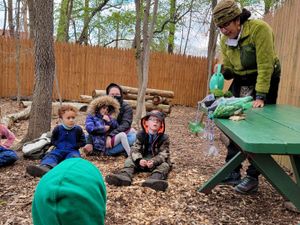
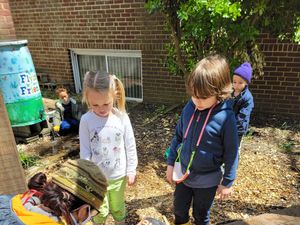


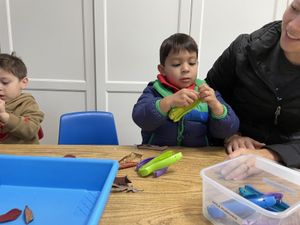



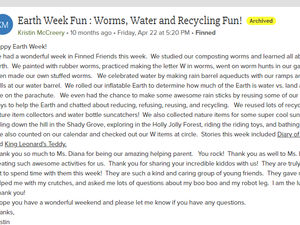
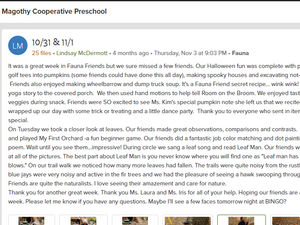


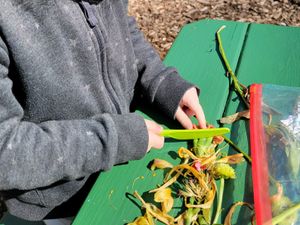

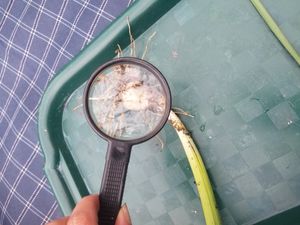
__20230303131798.jpg)
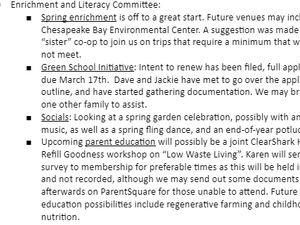
__20230308094990.png)
__20230217110548.jpg)
__20230217110548.jpg)







__20230213111184.png)
__20230213111184.png)

__20230223100911.png)



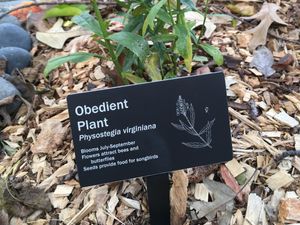
__20230228120658.png)
__20230228120658.png)
__20230228120658.png)


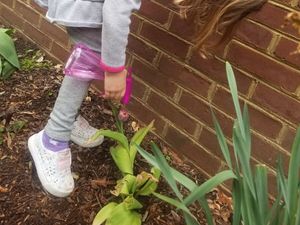


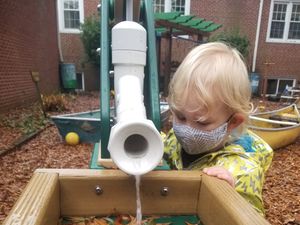
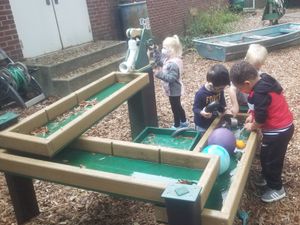
__20230308110227.JPEG)


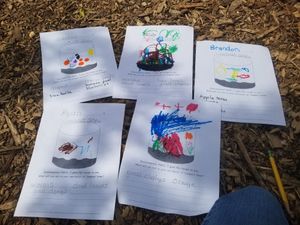


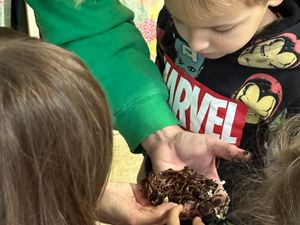



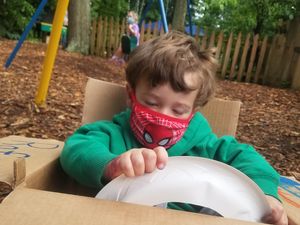


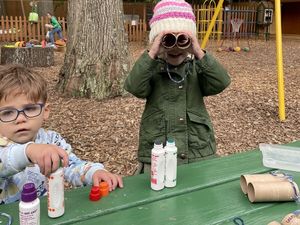
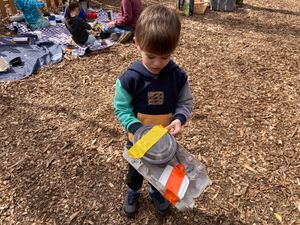

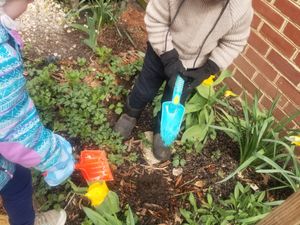
__20230303130750.JPEG)

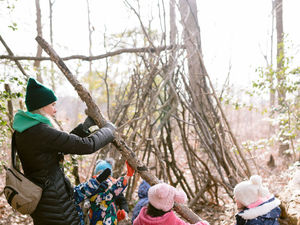








__20230302142921.jpg)



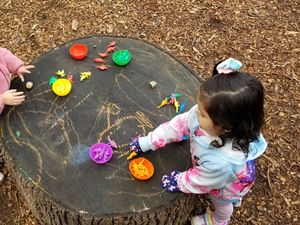





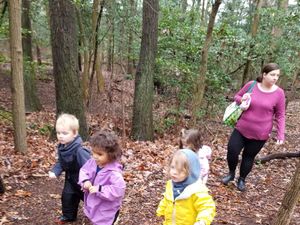




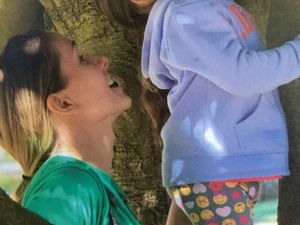



__20230316133232.png)
__20230316133232.png)

